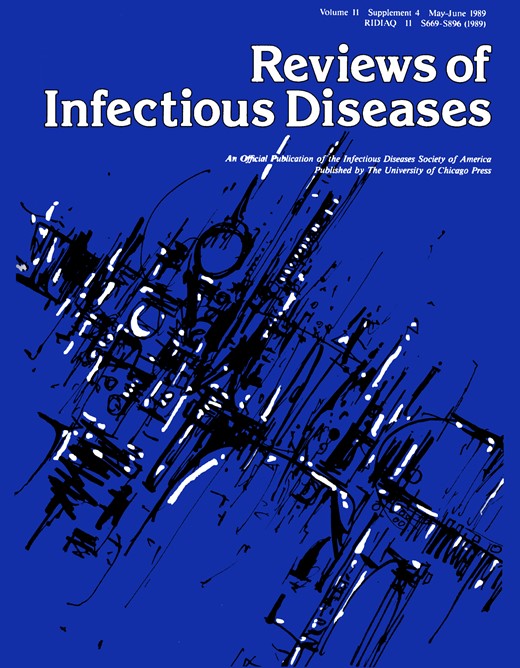-
Views
-
Cite
Cite
James W. LeDuc, Epidemiology of Hemorrhagic Fever Viruses, Reviews of Infectious Diseases, Volume 11, Issue Supplement_4, May-June 1989, Pages S730–S735, https://doi.org/10.1093/clinids/11.Supplement_4.S730
Close - Share Icon Share
Abstract
Twelve distinct viruses associated with hemorrhagic fever in humans are classifed among four families: Arenaviridae, which includes Lassa, Junin, and Machupo viruses; Bunyaviridae, which includes Rift Valley fever, Crimean-Congo hemorrhagic fever, and Hantaan viruses; Filoviridae, which includes Marburg and Ebola viruses; and Flaviviridae, which includes yellow fever, dengue, Kyasanur Forest disease, and Omsk viruses. Most hemorrhagic fever viruses are zoonoses, with the possible exception of the four dengue viruses, which may continually circulate among humans. Hemorrhagic fever viruses are found in both temperate and tropical habitats and generally infect both sexes and all ages, although the age and sex of those infected are frequently influenced by the possibility of occupational exposure. Transmission to humans is frequently by bite of an infected tick or mosquito or via aerosol from infected rodent hosts. Aerosol and nosocomial transmission are especially important with Lassa, Junin, Machupo, Crimean-Congo hemorrhagic fever, Marburg, and Ebola viruses. Seasonality of hemorrhagic fever among humans is influenced for the most part by the dynamics of infected arthropod or vertebrate hosts. Mammals, especially rodents, appear to be important natural hosts for many hemorrhagic fever viruses. The transmission cycle for each hemorrhagic fever virus is distinct and is dependent upon the characteristics of the primary vector species and the possibility for its contact with humans.
- argentine hemorrhagic fever
- epidemiology
- congo-crimean hemorrhagic fever
- dengue fever
- ebola virus
- viral hemorrhagic fevers
- aerosols
- arenaviridae
- arthropods
- bunyaviridae
- culicidae
- dengue virus
- filoviridae
- flaviviridae
- kyasanur forest disease
- mammals
- occupational exposure
- rift valley fever
- rodentia
- vertebrates
- yellow fever
- zoonoses
- infections
- ticks
- viruses
- nosocomial transmission
- seasonal variation
- host (organism)







Comments